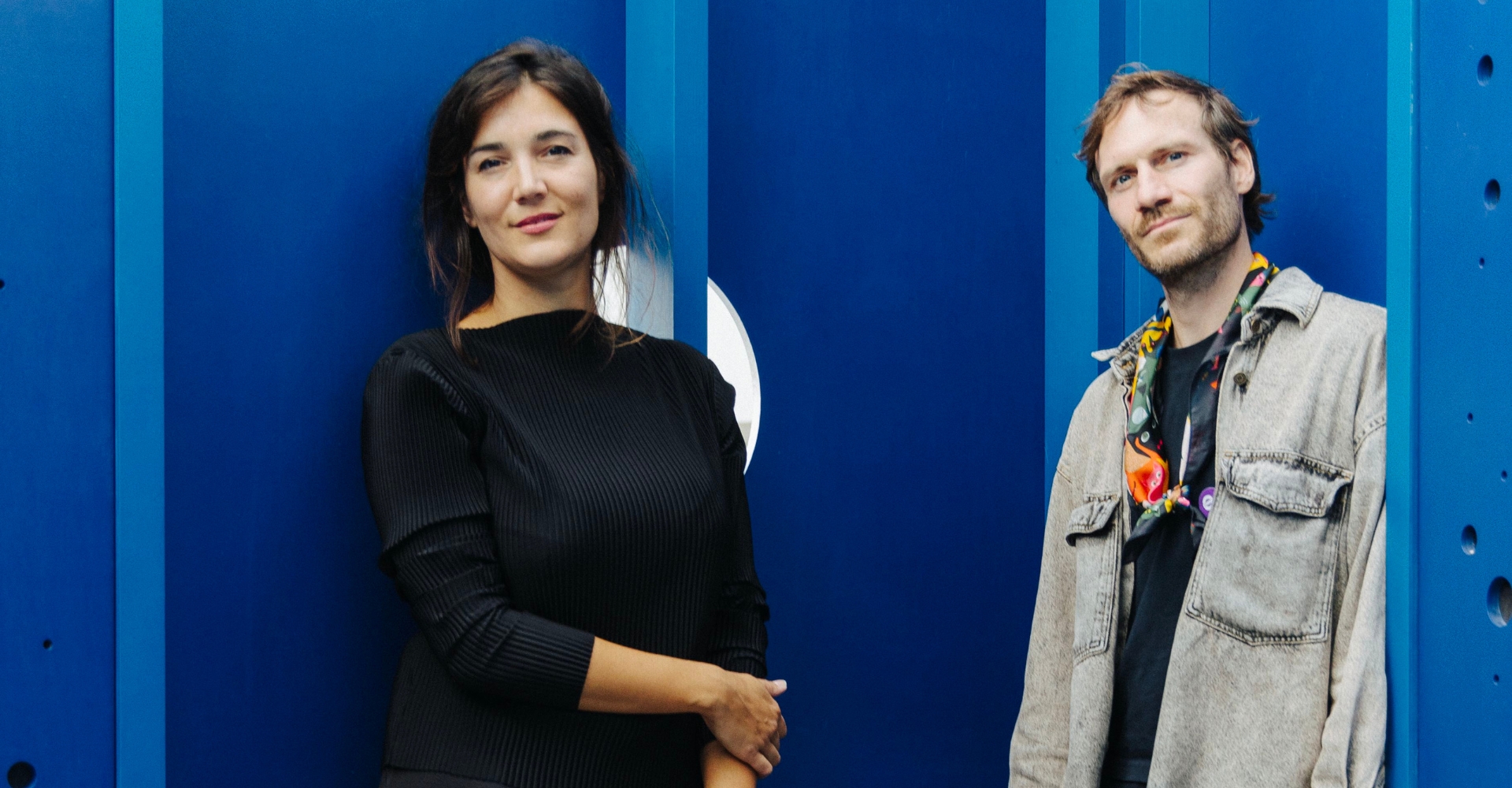In contemporary cities, the soundscape is an ever-changing web: the hum of machines blends with the calls of animals, the roar of urban infrastructure overlaps with the delicate sounds of nature. Reparative Sound is an interactive pavilion and sound installation that rebalances these frequencies, amplifying the fragile, imperceptible sounds that often escape the human ear.
Rediscovering the sonic ecosystem
Every city is a complex system of voices and resonances: the infrasound generated by turbines meets the ultrasonic signals of communicating bats, while the buzzing of a pollinating insect intertwines with the trickling of a fountain. The urban soundscape is a living organism, a constant dialogue between biological and artificial elements. However, human perception is limited to a range of 20Hz to 20kHz, leaving out a vast spectrum of vibrations and frequencies.
What if we could amplify these hidden sounds? If we could slow them down, reshape them, and hear them in a new way? Reparative Sound answers these questions through an immersive experience where the city’s sounds are remixed and rearranged, revealing an alternative, more inclusive reality where every urban entity—human and non-human—can literally have a voice.
The Pavilion: an interactive experience
Created by Caterina Viguera and Ramon Landolt, the project takes shape as a freestanding modular pavilion made from recycled wood. Designed to be installed in less than a day by just two people, it features a circular space with a 2.4-meter diameter, accommodating up to eight visitors at a time. Inside, a bench invites guests to sit and fully immerse themselves in an amplified and reshaped soundscape.
Redefining our relationship with sound
Reparative Sound is more than an art installation—it is a reflection on perception and the sonic hierarchies that shape urban spaces. By modulating and amplifying unheard frequencies, the project invites us to reconsider the relationship between humans, machines, and nature. The act of listening itself becomes a form of awareness, a reparative gesture toward an environment that is often overlooked.
Supported by Pro Helvetia, Reparative Sound reshapes how we perceive the city, offering a sensory experience that bridges the visible and invisible, the tangible and the imperceptible..
